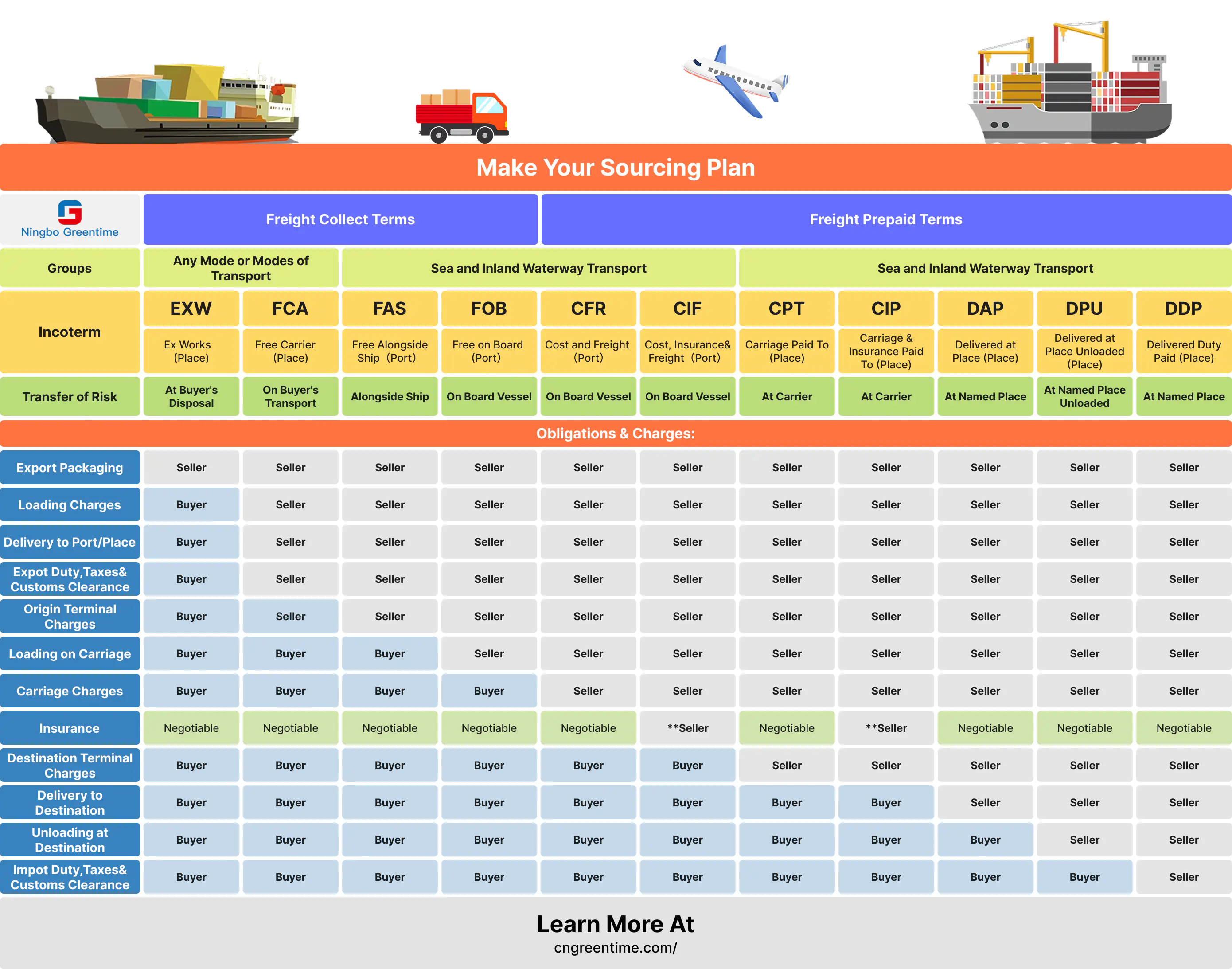
Incoterms Guide [Updated 2025] With Chart
1.Why Incoterms Matter for B2B Buyers In international trade, clarity is everything. When you place a bulk order with a manufacturer overseas, the last thing you want is confusion about who is responsible for shipping, insurance, customs clearance, or delivery costs. That’s where Incoterms (International Commercial Terms) come in. Published by the International Chamber of Commerce (ICC), Incoterms provide a universal set of trade rules that define the responsibilities between buyers and sellers. They are widely used in contracts, invoices, and negotiations to avoid disputes. For B2B buyers, understanding Incoterms 2020 is not just a matter of compliance—it’s about managing risks, controlling costs, and securing smoother supply chains. Whether you are sourcing from China, Europe, or other markets, the right Incoterm can make or break your deal. This guide will help you understand what Incoterms are, the main categories of responsibility, and how to choose the best terms for your











